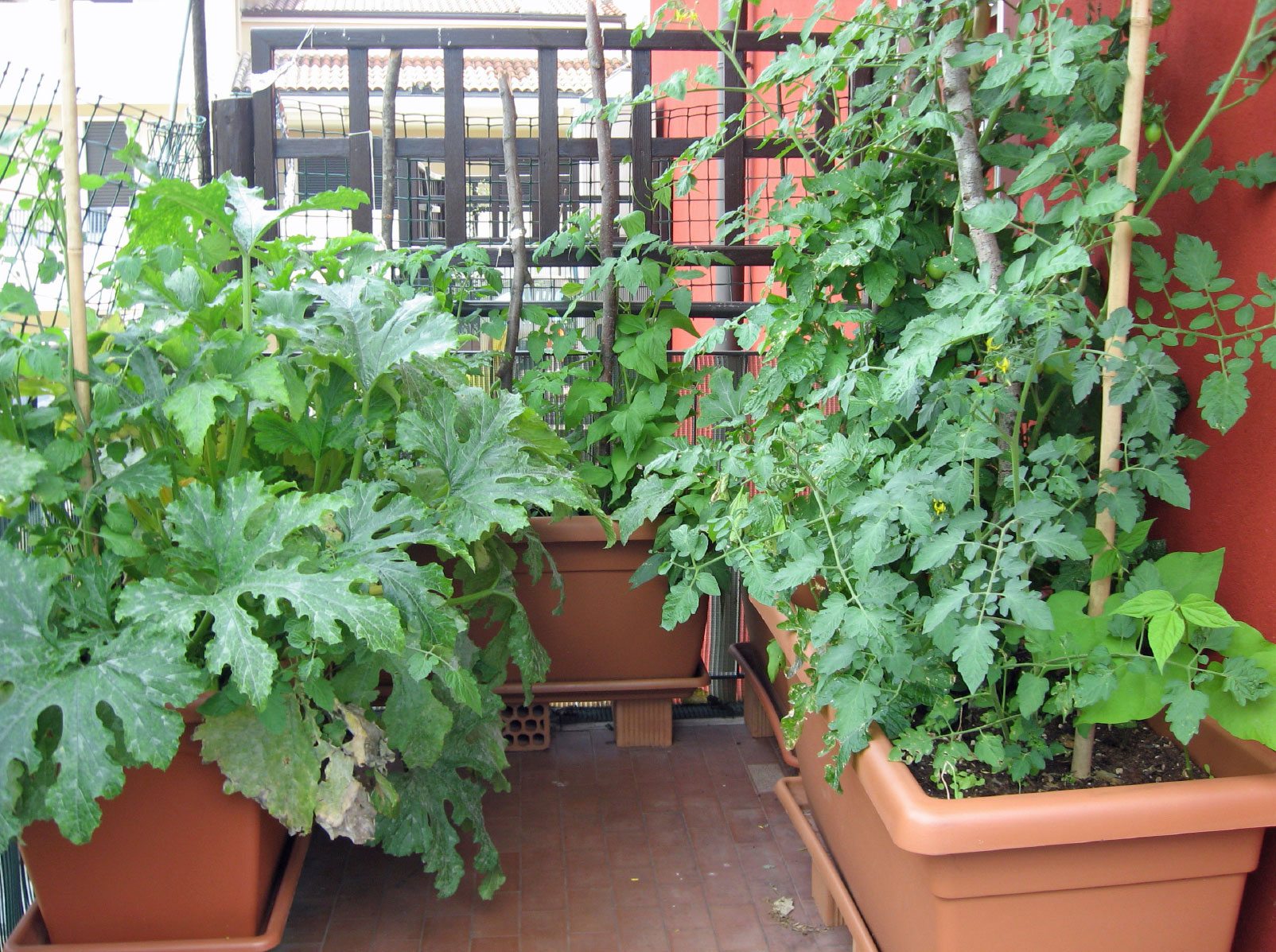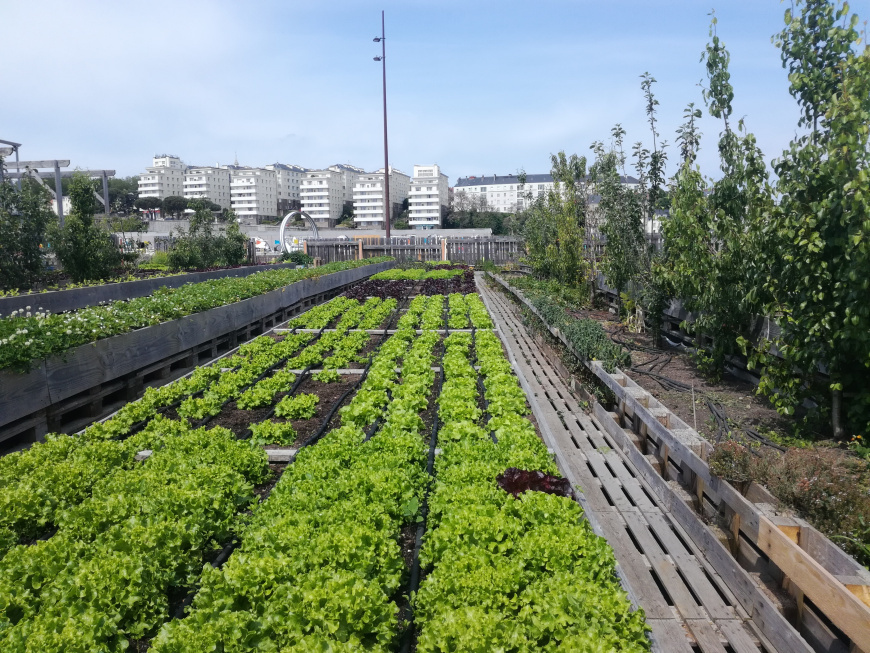The Definitive Guide to City Blooming
About City Blooming
Table of ContentsRumored Buzz on City BloomingThe 2-Minute Rule for City BloomingThe 5-Minute Rule for City BloomingCity Blooming Can Be Fun For EveryoneCity Blooming Things To Know Before You Get This
Interested in expanding food for sale in the City of Chicago? Below is a checklist of frequently asked inquiries pertaining to the regulations and guidelines that cultivators must take into consideration when preparing an urban agriculture job.
The zoning modification does not modify any kind of various other codes managing composting, structure permits, acquiring or leasing City possessed residential or commercial property, company licenses or ecological contamination. There are existing codes that manage these concerns and they stay completely impact and might be applicable to your job. Neighborhood yards are normally had or managed by public entities, civic companies or community-based companies and preserved by volunteers.
Urban ranches expand food that is intended to be sold, either on a not-for-profit or for-profit basis. As a result of their commercial function, metropolitan ranches call for a service certificate. Yes. A neighborhood yard is permitted to offer surplus produce that was expanded on site if the sales are accessory or subservient to the yard's key objective described over.
The Main Principles Of City Blooming
The quantity of compost product can not surpass 25 cubic yards at any kind of provided time according to the requirements in 7-28-715 of the City's Municipal Code. Because the dirt at a lot of new yard sites requires amending, garden compost, dirt, timber chips, or other products can be obtained to construct or improve the growing room.

If a building permit is called for after that the hoophouse will be thought about an accessory structure. You can discover even more regarding the structure license requirements by contacting the Division of Structures. The 25,000-square-foot size restriction is meant to stop a single area yard from dominating a provided block or taking away from the block's existing household or business character.
The limitation does not use to gardens found in Public Open Area (POS) areas. Can there be even more than one area garden that is 25,000 square feet on a single block? Fence is not called for, however, gardens that have huge vehicle parking locations may be needed to install fence or various other landscape design attributes.
All About City Blooming
B1 & B2 areas require that all industrial usage tasks be performed indoors. R districts restrict industrial activity. The policies reflect the purpose and intent of the Zoning Code. Is fencing needed for city ranches? Yes. Fences may be needed, together with landscaping and screening, for certain parking lot and outdoor work or storage space locations depending upon place and the details activity taking area.
Yes. Urban farms require structure permits and zoning authorizations before building. Other kinds of city testimonial might be needed depending on details frameworks, tasks, size, landscape design, licensing, public health and stormwater administration problems. A lot of these requirements are determined in the job design or permitting procedure, nevertheless, the applicant might be accountable to individually recognize particular licenses or allows that may be called for.
Yes. The type of license is determined by what is occurring at the website. The Department of Organization Affairs and Consumer Defense can help establish the particular kind of company certificate that's required. Yes. Off road vehicle parking is needed for a lot of commercial jobs in Chicago. The called for number of auto their explanation parking spaces is based upon the number of employees servicing website and not the square footage of the expanding space.
City Blooming Things To Know Before You Get This

An urban farm can offer compost product created on website, nevertheless, the procedure needs to conform with the policies in 7-28-715 of the Chicago Municipal Code. Aquaponic systems are allowed indoors on urban farms in many zoning districts.
Up to five hives or swarms of honey may be maintained as an accessory usage. Nevertheless, beekeepers have to sign up with the Illinois Division of Agriculture. To learn more regarding the suggested zoning amendment you might call the Department of Housing and Economic Growth, Bureau of Preparation and Zoning at 312.744.8563.
Farming in cities and metropolitan areas A metropolitan farm in Chicago. Urban agriculture refers to different methods of growing. https://www.ted.com/profiles/47172561, handling, and distributing food in city locations. The term additionally uses to the area tasks of animal husbandry, tank farming, beekeeping, and cultivation in a city context. Urban farming is identified from peri-urban farming, which takes area in country locations at the side of residential areas.
City Blooming - Questions
, who seek to create social networks founded on a shared principles of nature and area holism. These networks can create by way of official institutional support, coming to be integrated into neighborhood town planning as a "change town" movement for lasting urban growth.
The much more straight accessibility to fresh vegetable, fruit, and meat products that might be realised with city agriculture can boost food safety and food safety while lowering food miles, bring about reduced greenhouse gas emissions, thus adding to environment modification reduction. Several of the initial proof of city farming originates from Mesopotamia.